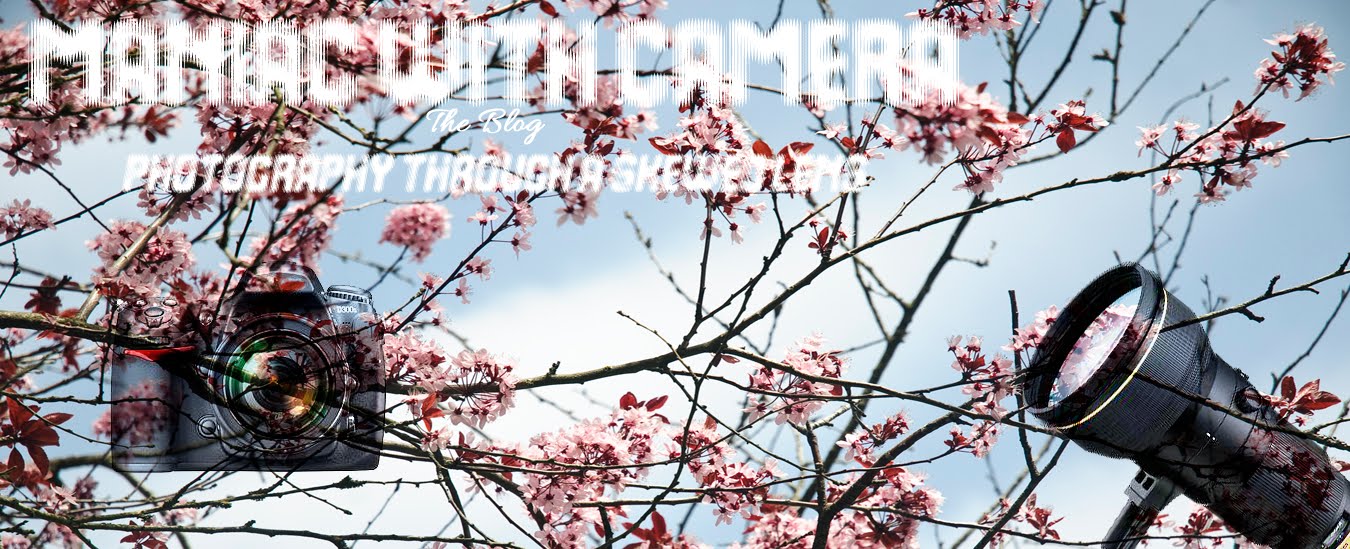The myth of the "Equipment Miracle" is alive and well. Just recently Nikon put up a post on Facebook indicating that equipment was what made the photograph. That was roundly denounced by many of the photographers who were on Nikon's fanpage. Yet it is an opinion shared by many novice photographers with complaints like. "If I had the equipment that he had...I'd be able to get shots like that..." or "I need a new camera".
There is no miracle cure for a crummy photograph. You need to learn to use your tools. Just as you would not give a chimp a chisel because more than likely he wouldn't be able to use it properly without instruction and would end up hurting himself, you don't give a novice a camera more than he can handle. Information overload will end up killing his/her interest in the hobby much quicker than if he spent the time learning to use his point and shoot to the best of his ability.
The "Equipment Miracle" goes hand-in-hand with the "Ego". In that the larger the lens and more complicated looking the camera, the more like a pro-photographer, the amateur looks and consequently, the more he thinks his photos rank up there with the professionals no matter how faded looking they are, no matter how crappy the end-result is...because the only thing that matters is that he has a D3X or Canon 1Ds Mk. IV and the requisite 70-200mm f/2.8s (either VR or IS) and he's loaded for bear.

For most people, taking a photo means - pointing the camera at the subject, getting them to say "cheese" and taking the shot...not really knowing that if you point the camera into the sunlight you're going to end up with a crappy shot because of the lens flare, making the subjects unrecognizable. Or flashing a photo in the midst of a crowded pub making a really flattering featureless face out of your subjects otherwise known as the "GHOST" where you can really only see two eyes...a mouth and a sheer white torso.

an example of a "ghost" image
There's really no excuse for not knowing your settings on your camera whether it is a point and shoot or a DSLR. There are night photo settings on your point and shoot, but the only problem with that is that you need stabilization - in other words...A TRIPOD! But nobody wants to carry that into a pub. Hence...crappy picture. You also need to know that light sources = crappy lighting. There are settings for white balance in your point and shoot? Does anyone even bother to look at those? NO.
Ultimately...it's NOT YOUR CAMERA...it's you! Take the time and read the manual. RTFM!!! and RTFM some more. That's what it's there for...not to make the box seem more substantial in weight when you buy a camera.
Then maybe when you're able to photograph great shots (with no lens flare; with regularity - and after realizing that just maybe...just maybe this photography is the basis for a great hobby)...that's when you upgrade to the next camera. It's not so that you can look COOL...holding a D3X when you shoot in AUTO. Trust me...most serious amateur and professional photographers can tell.

shot with a Nikon E2200 (2.1 MP point & shoot camera).
Who says you can't get good shots with a point & shoot? Knowledge is Key.

No comments:
Post a Comment